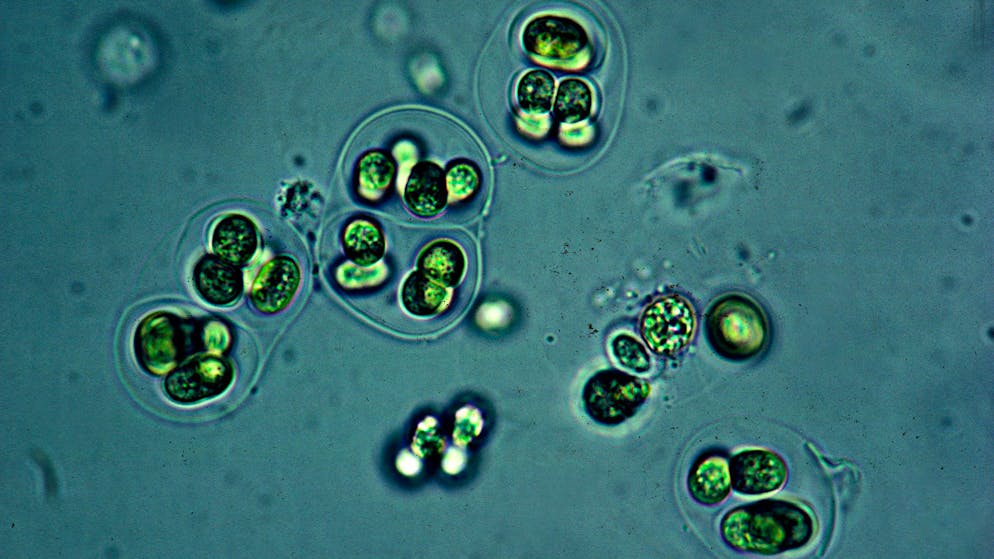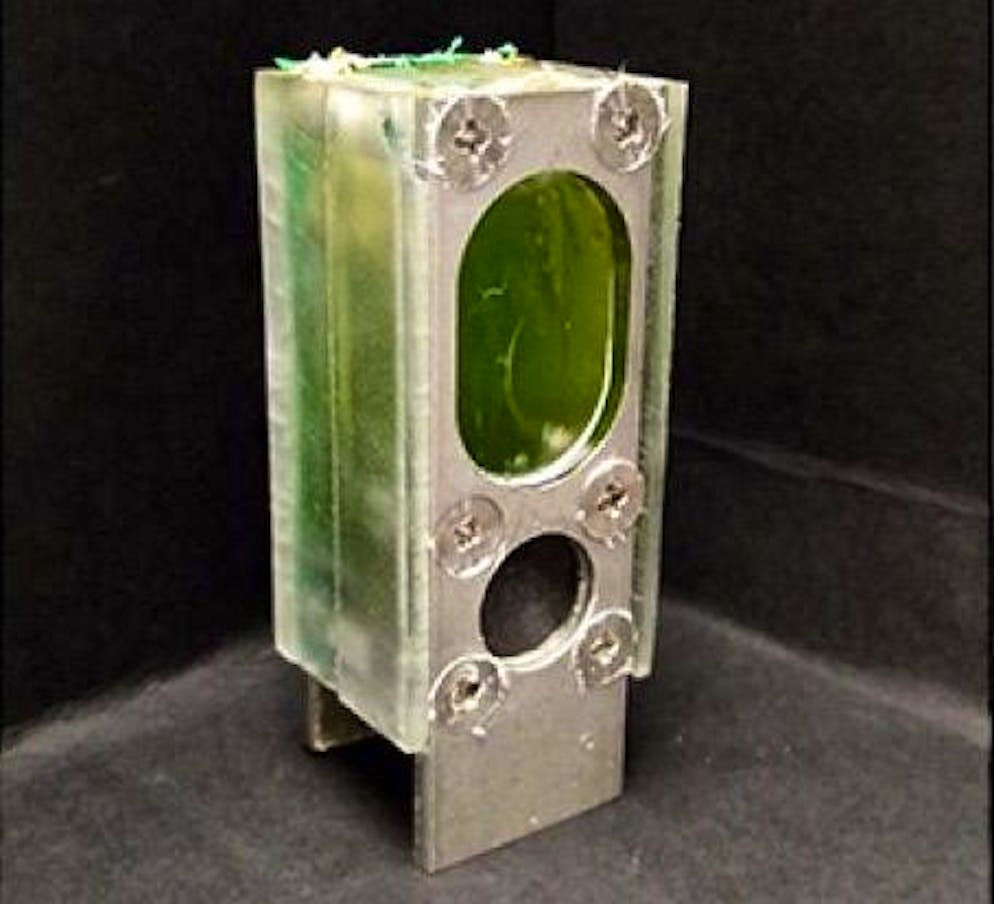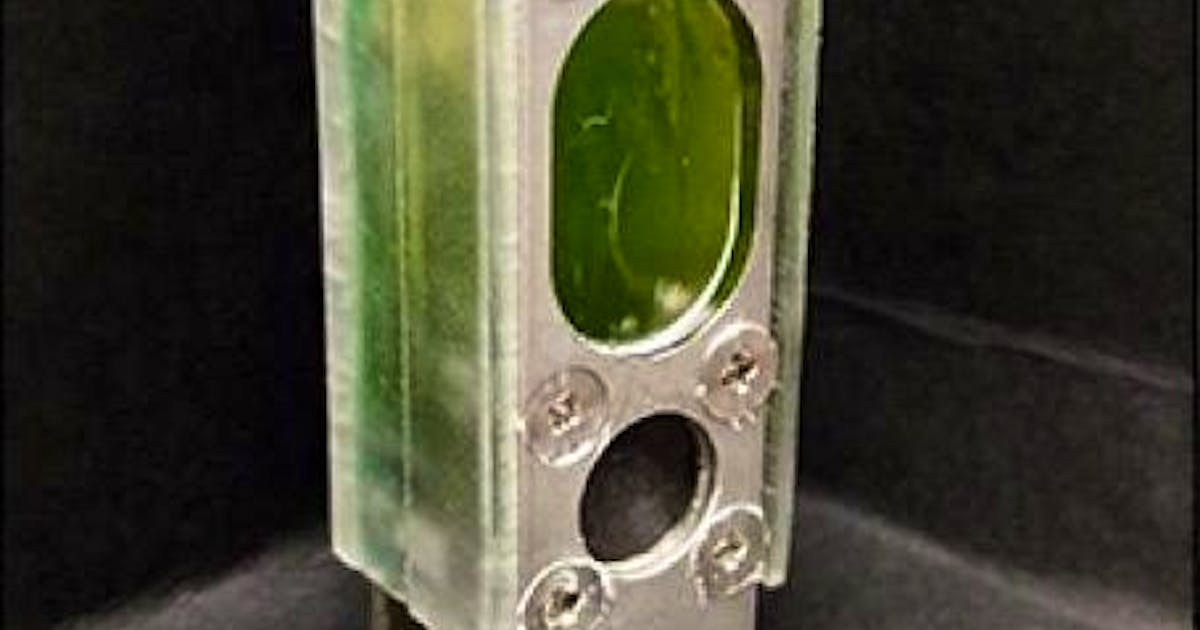
Getty Images
British researchers used algae to power a small computer. For a year, the computer has been calculating using pure algae and solar energy.
Researchers from the University of Cambridge put On algae to power future mini computers. They connected a microprocessor to an organism of the genus Synechocystis via an aluminum electrode.
Synchronous cyst belongs to cyanobacteria, also known colloquially as blue-green algae. Cyanobacteria are mainly responsible for the fact that there is an oxygen atmosphere on Earth today. The synchronous cyst feeds via photosynthesis, which the researchers benefit from.
as big as the battery
The entire device is the size of an AA battery. The processor is Arm Cortex M0+, which is a microprocessor that is ready to be used in many IoT devices due to its lower power requirements. The small electrical potential generated during photosynthesis is sufficient to power the Cortex M0+.
The algae computer was placed on a window sill where it was exposed to the usual fluctuations in solar radiation throughout the day. However, it has been in continuous operation for a year now, during which time it solves arithmetic problems for illustrative purposes.

Paolo Bombelli / University of Cambridge
Electricity even at night
The microcomputer works even at night when there is no sunlight, because Synechocystis’ metabolism is still active. The system is therefore particularly suitable for IoT devices and is even superior to a combination of solar cells and rechargeable batteries, as it is significantly more environmentally friendly.
By 2035, researchers predict that several trillion IoT devices could be operating around the world. There won’t be enough lithium for conventional batteries, so an algae power source is an alternative, the scientists explained.

“Problem solver. Proud twitter specialist. Travel aficionado. Introvert. Coffee trailblazer. Professional zombie ninja. Extreme gamer.”




More Stories
With a surprise in the case: a strange cell phone from Nokia was introduced
PlayStation Stars: what it is, how it works and what it offers to its users | Sony | video games | tdex | revtli | the answers
t3n – Digital Pioneers | digital business magazine